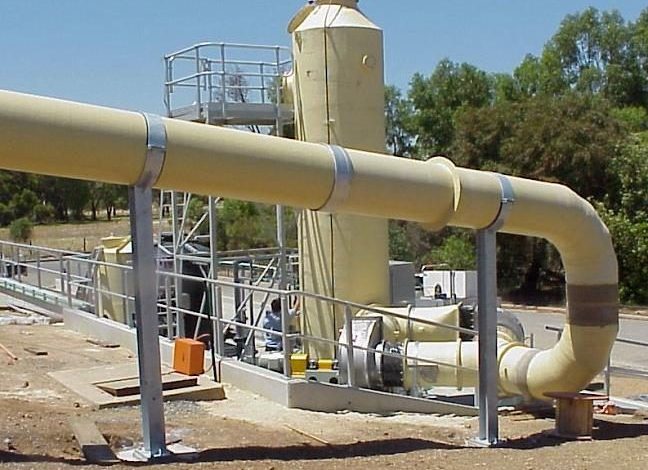The Science Behind Sewage Cleaning: Understanding the Process

Sewage cleaning is a vital process that involves the removal of waste materials and contaminants from the sewage system. While it may seem like a messy and unpleasant task, there is a scientific approach to sewage cleaning that ensures its effectiveness. In this user-friendly guide, we will explore the science behind sewage cleaning and help you understand the process better.
Sewage Composition:
- To understand sewage cleaning, it’s important to grasp the composition of sewage. Sewage is a mixture of wastewater from various sources, including toilets, sinks, showers, and industrial processes. It contains organic and inorganic materials, solid waste, oils, grease, and a wide range of microorganisms, including bacteria and viruses.
Microbiology and Microorganisms:
- Microbiology plays a significant role in sewage cleaning. Microorganisms, such as bacteria and viruses, break down organic matter in sewage through biological processes. Certain bacteria feed on organic waste, while others help in the decomposition process. Understanding the role of microorganisms helps scientists and professionals devise effective cleaning strategies.
Biological Treatment:
- One of the primary scientific methods used in sewage cleaning is biological treatment. It involves the use of bacteria or other microorganisms to break down organic waste present in sewage. This process occurs in specialized treatment facilities where the sewage undergoes various stages, including primary, secondary, and tertiary treatment, to remove impurities and ensure proper disinfection.
Chemical Treatment:
- Chemical treatment is another important aspect of sewage cleaning. Chemical agents, such as disinfectants and coagulants, are used to kill harmful microorganisms and remove suspended particles from the sewage. Chemical treatments aid in the disinfection and purification of the wastewater, making it safe for disposal or reuse.
Filtration and Sedimentation:
- Filtration and sedimentation are key processes in sewage cleaning. Filtration involves passing the sewage through various filtration media, such as sand or activated carbon, to remove suspended solids and impurities. Sedimentation allows heavier particles to settle at the bottom of tanks or basins, separating them from the water. These processes aid in removing physical impurities from the sewage.
Advanced Treatment Technologies:
- Advancements in technology have revolutionized sewage cleaning processes. Advanced treatment technologies, such as membrane filtration, ultraviolet (UV) disinfection, and reverse osmosis, provide additional purification and disinfection options. These technologies help in achieving higher levels of cleanliness and ensure the removal of even the smallest contaminants.
Monitoring and Testing:
- Monitoring and testing are integral to sewage cleaning. Scientists and professionals regularly monitor the quality of the sewage before, during, and after the cleaning process. This involves conducting various tests to assess parameters such as pH levels, microbial content, chemical composition, and overall cleanliness. Monitoring and testing ensure that the cleaning process meets regulatory standards and guarantees a safe and healthy environment.
Environmental Considerations:
- The science behind sewage cleaning also encompasses environmental considerations. Professionals strive to minimize the environmental impact of sewage cleaning processes. Efforts are made to reduce energy consumption, optimize chemical usage, and implement sustainable practices such as wastewater recycling. The aim is to protect ecosystems and maintain a balance between effective cleaning and environmental preservation.
Conclusion:
Understanding the science behind sewage cleaning is essential for comprehending the complexity and effectiveness of the process. From the composition of sewage to the role of microorganisms, biological and chemical treatments, filtration and sedimentation, advanced technologies, monitoring, and environmental considerations, the science behind sewage cleaning guides professionals in ensuring a safe and clean environment. By gaining insights into this scientific process, we can appreciate the efforts involved in maintaining our sewage systems and safeguarding public health and the environment.





